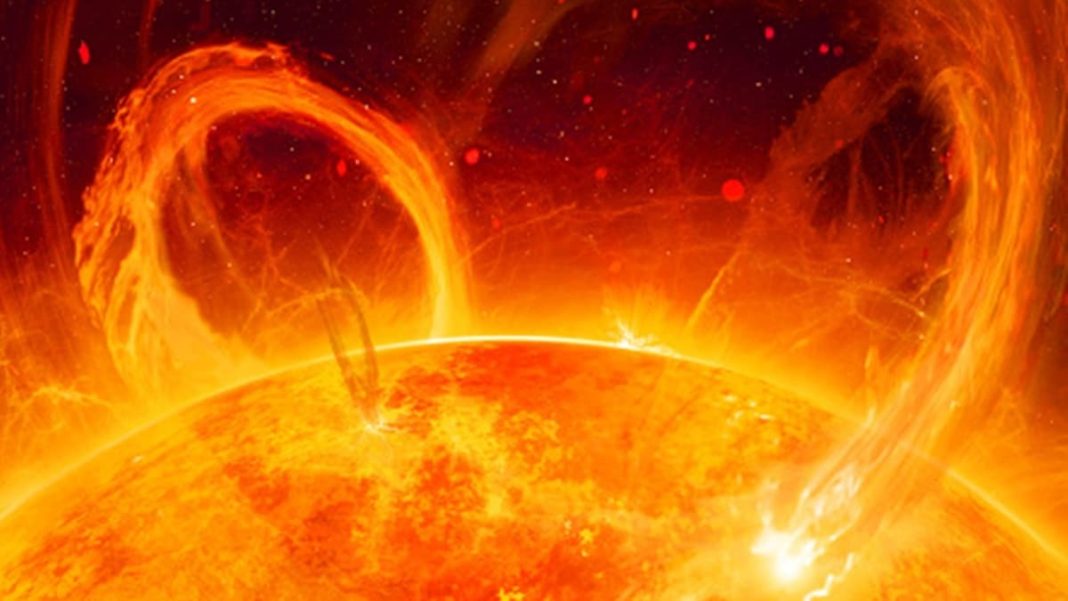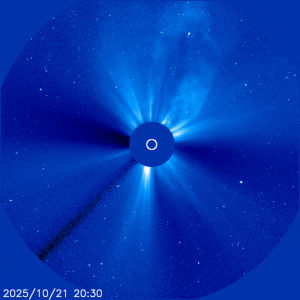Key Takeaways
- A massive solar explosion on October 21 sent a powerful coronal mass ejection (CME) that struck Venus.
- Initial speed estimates reached 2474 km/s, making it one of the fastest solar outbursts recorded.
- NASA models confirm the CME missed Earth but warn the active sunspot region will soon face our planet again.
A colossal explosion from the Sun’s farside has sent shockwaves through our solar system, with a powerful coronal mass ejection (CME) striking Venus directly. The event, detected on October 21, ranks among the fastest and most energetic solar outbursts of the current cycle, raising concerns about potential Earth impacts.
Record-Breaking Solar Eruption
According to the US Air Force, Type II radio emissions indicated speeds around 2474 km/s, signaling an exceptionally fast-moving CME. Only a handful of historical solar storms have exceeded this velocity, including the 1972 event that disabled naval mines and the 2017 X8-class flare that disrupted power grids.
NASA’s Moon to Mars Space Weather Analysis Office later revised the CME velocity to approximately 1320 km/s based on updated 3D models. While slower than initial estimates, this still qualifies as a formidable solar storm.
Venus Takes the Hit, Earth Spared
NASA’s ENLIL model shows the shockwave’s trajectory intersecting with Venus while missing Earth on its initial path. Venus, lacking a protective magnetic field, likely experienced significant atmospheric erosion at its cloudtops as charged particles stripped ions from upper layers – a process commonly observed during major solar encounters.
Sunspot AR4246: The Source Returns
The explosion originated from sunspot AR4246, a volatile region that rotated out of Earth’s view just last week. This same active region had previously produced multiple Earth-directed CMEs that caused minor geomagnetic storms and auroras across northern latitudes.
NOAA’s Space Weather Prediction Center currently reports no direct threat to Earth from this farside blast. However, scientists caution that with AR4246 set to rotate back toward Earth by early November, more eruptions could soon target our planet.
Space weather experts continue monitoring solar activity closely as the solar maximum approaches its expected peak in late 2025, when such explosive events are predicted to become more frequent.






